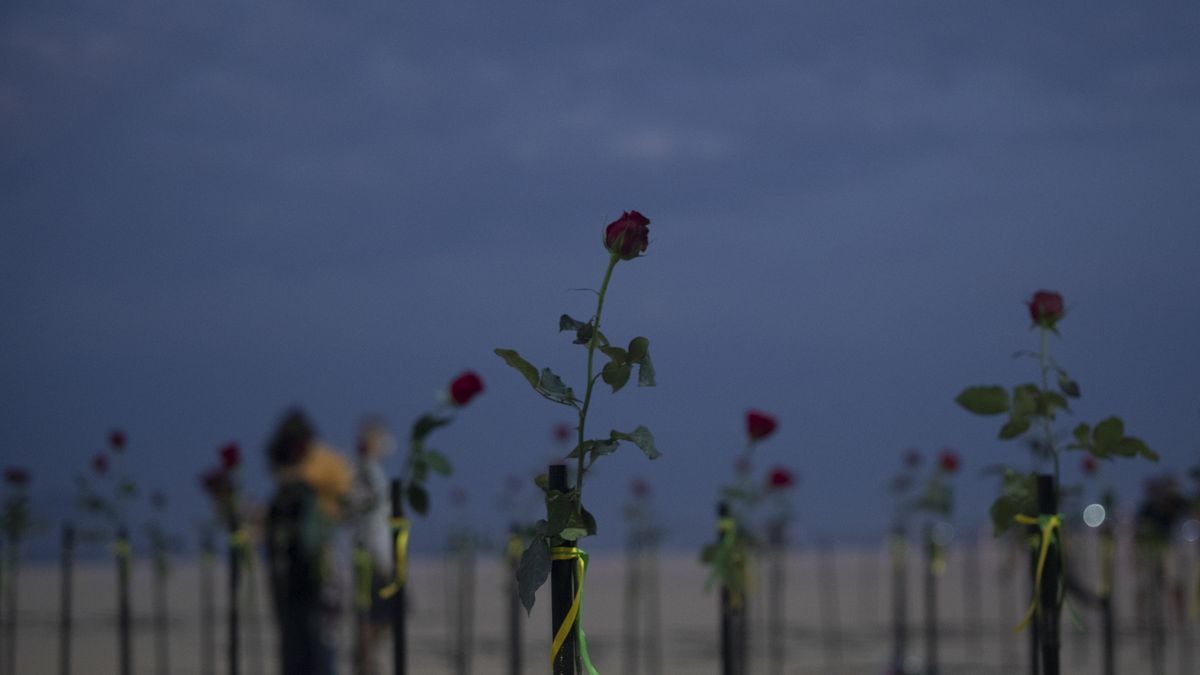Since its release in '93, the film "Schindler's List" has been considered one of the most recognized cultural products of the Holocaust Remembrance Preservation Enterprise.
Steven Spielberg's cinematic epic followed the story of a German industrialist who employed Jews in his factories and helped save many from the Nazi murder factory.
But he was not the only one.
The exhibition "Tunnel of Time - Japan and the Jews", which will open tomorrow at the Tikotin Museum of Japanese Art in Haifa, has at its center four Japanese artists, who refer to the Jewish narrative of salvation and destruction, and what the curators of the exhibition define as "a connection between Israel and Japan".
The key figure in the exhibition is Chiona Sugihara, a Japanese diplomat who during the Holocaust served as his country's consul in Lithuania and helped save thousands of Jews by issuing transit visas for them to Japan.
It served as a transit station for them to places like the USA, Australia, New Zealand and finally the Land of Israel. "The Japanese Schindler", he was called, and also earned the title of "follower of the nations of the world" years after he converted his country's policies. But his story is not as well known as that of Oscar Schindler. The curator of the project, Dr. Etty Glass-Gissis, states the reasons for this.
Chiona Sugihara "The Japanese Schindler" // Photo: from "Wikipedia",
"It's all a matter of PR and marketing," she says.
"Sorry, but Schindler had good publicists, and I say that positively.
There is a Hollywood movie about him, so even those who don't know the story from the history books have seen the movie 'Schindler's List'.
On top of that, the western world is much more accessible to us - the language, the culture.
On the other hand, when we talk about Japan it's a bit different story.
Sugihara was awarded the right of the Righteous Among the Nations only a year before he died, it took a while for him to be recognized, and it was more than 30 years after the war.
"I think that one of the conditions that must be met in order to receive the Righteous Among the Nations badge is 'Was your life in danger?', and regarding Sugihara, opinions are divided: there are those who say that he suffered a lot, because he was fired from the Japanese Foreign Ministry and had a difficult life, he didn't have What to live for. But there are also other claims, which say that he was fired like the rest of the consular staff who were not needed during the war, and then he worked for a Russian company, because he knew both the Russian language and German. So they claim that his life was not in danger. And there is the question of whether He really did this against the position of the Japanese government or with its consent - even here the opinions are divided. So these differences also blurred his position."
Dr. Glass-Gisis, photo: Gali Katzner
How was the exhibition born?
"I was reading a book on the history of Japanese photography and there I came across one photograph from a series called 'The Wandering Jew', a very beautiful photograph that is also shown in the exhibition. I was very surprised to see a Jew included in the history of Japanese photography, and this led me to track down other photographs from the series. I discovered that these photographs are scattered in various museums throughout Japan, and began contact with each museum separately. I said, 'Wow, what a wonderful exhibition this could be.' that an Israeli or a Japanese think of him, and there is such a thing."
Alongside the photos, the exhibition presents a first-of-its-kind performance, with the participation of people - including "Sugihara survivors" who are still alive, or members of their families and descendants.
"In order for the exhibition to take on a local meaning, I asked to pour the Israeli expression into it," says Glass-Gisis.
"Miyajima did this by inviting 300 survivors from Israeli society to take part in this piece. They are people over 80 and 85 years old, during the war they were children. They will not be with us much longer, and I felt that we had to do it now, Because we won't have another chance."
What message is important to you that people leave this exhibition with?
"That no matter what culture you are from or what your personal history is - in the end, human grief is grief. We all want correction, we all ask for tolerance. The Japanese did not really know Jews closely enough to hate them. For example, the Protocols of the Elders of Zion were translated into Japanese and they did not look at the Jews With distaste but with appreciation. They saw them as successful, people with abilities. I'm not saying that anti-Semitism didn't exist, but it was minor and never part of Japanese policy."
were we wrong
We will fix it!
If you found an error in the article, we would appreciate it if you shared it with us









